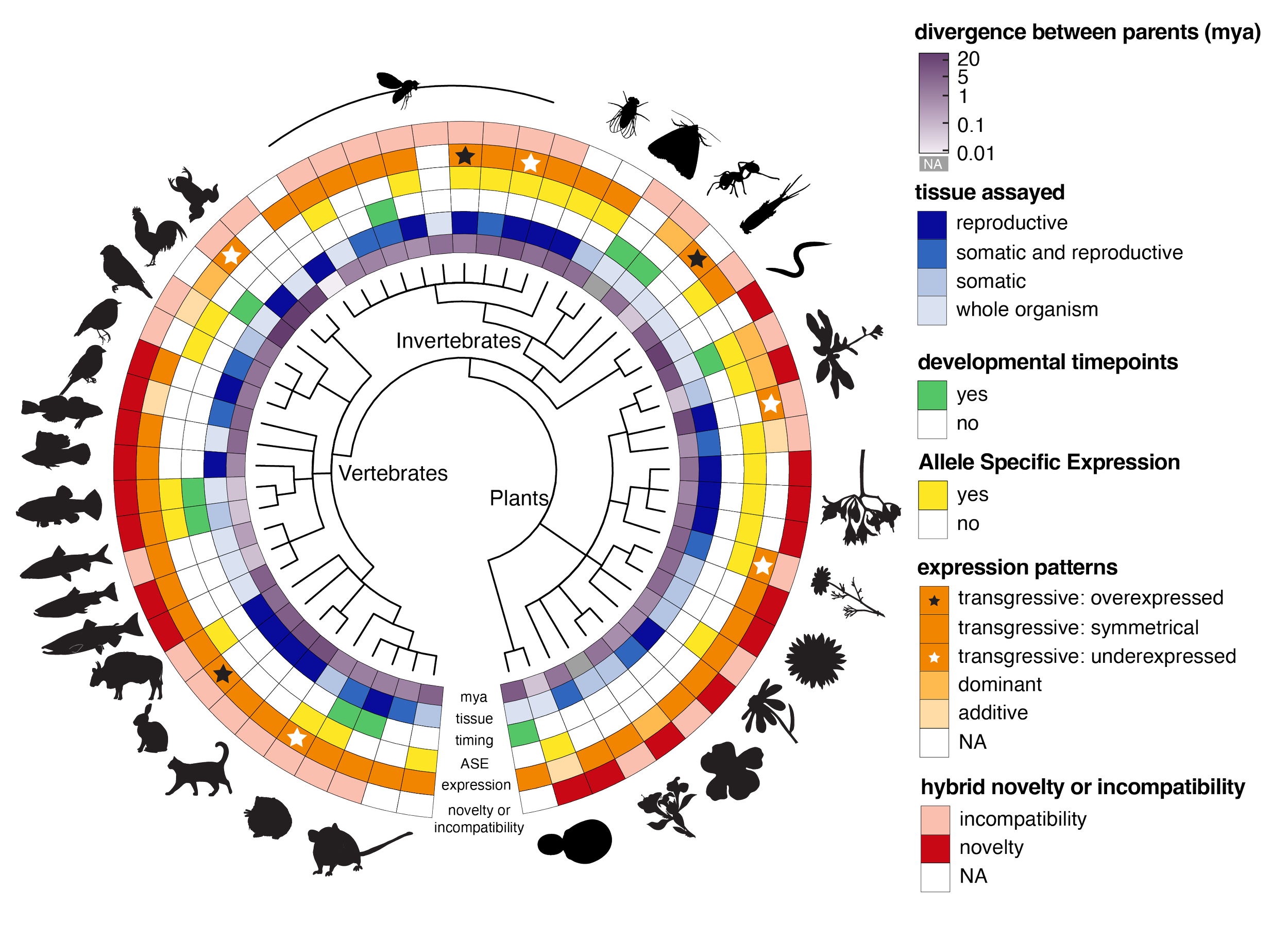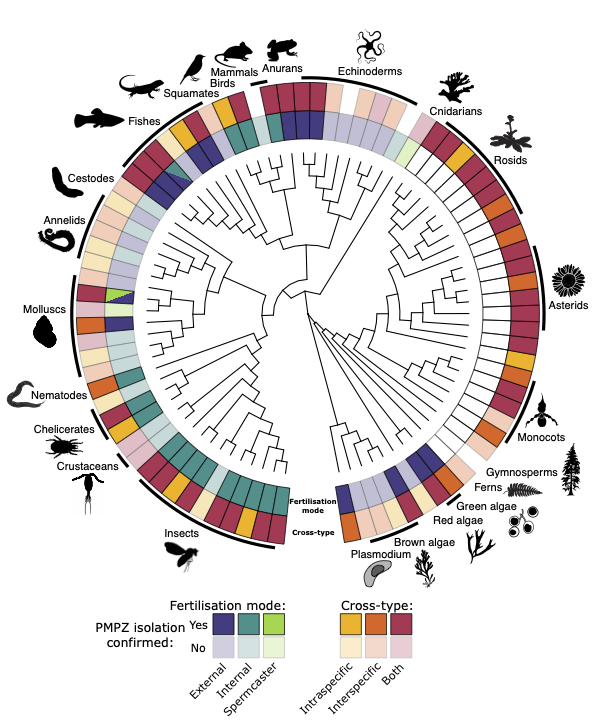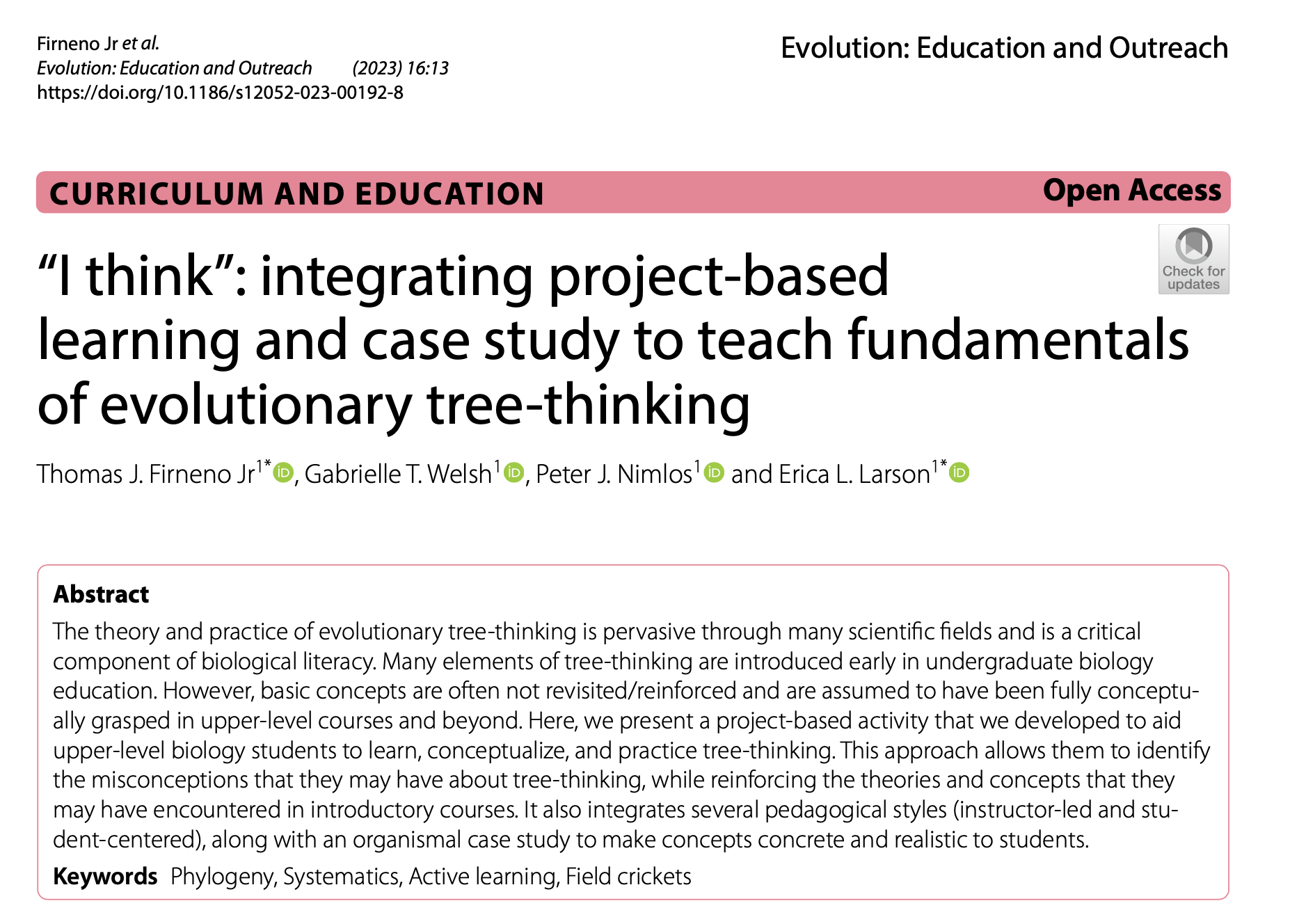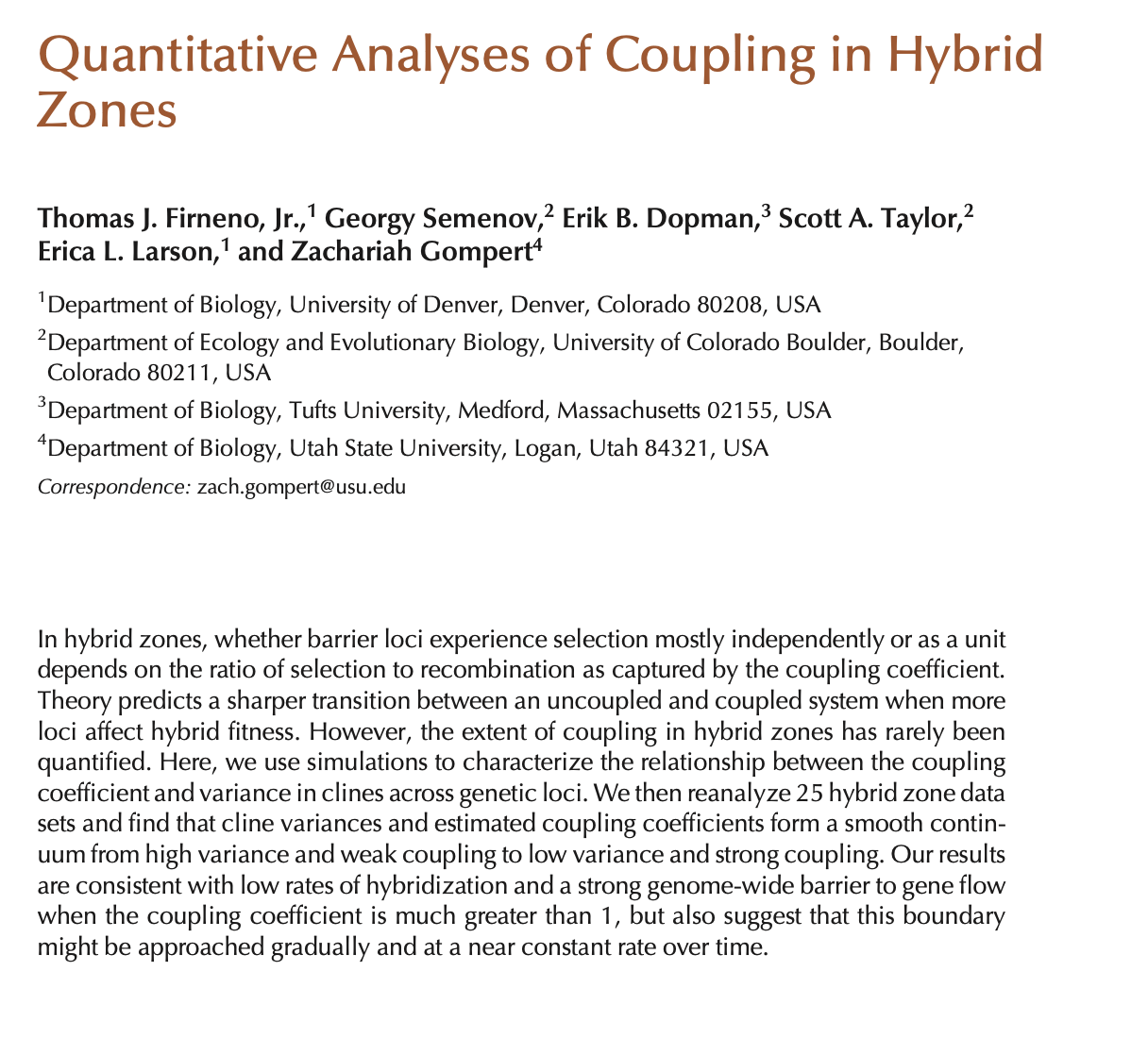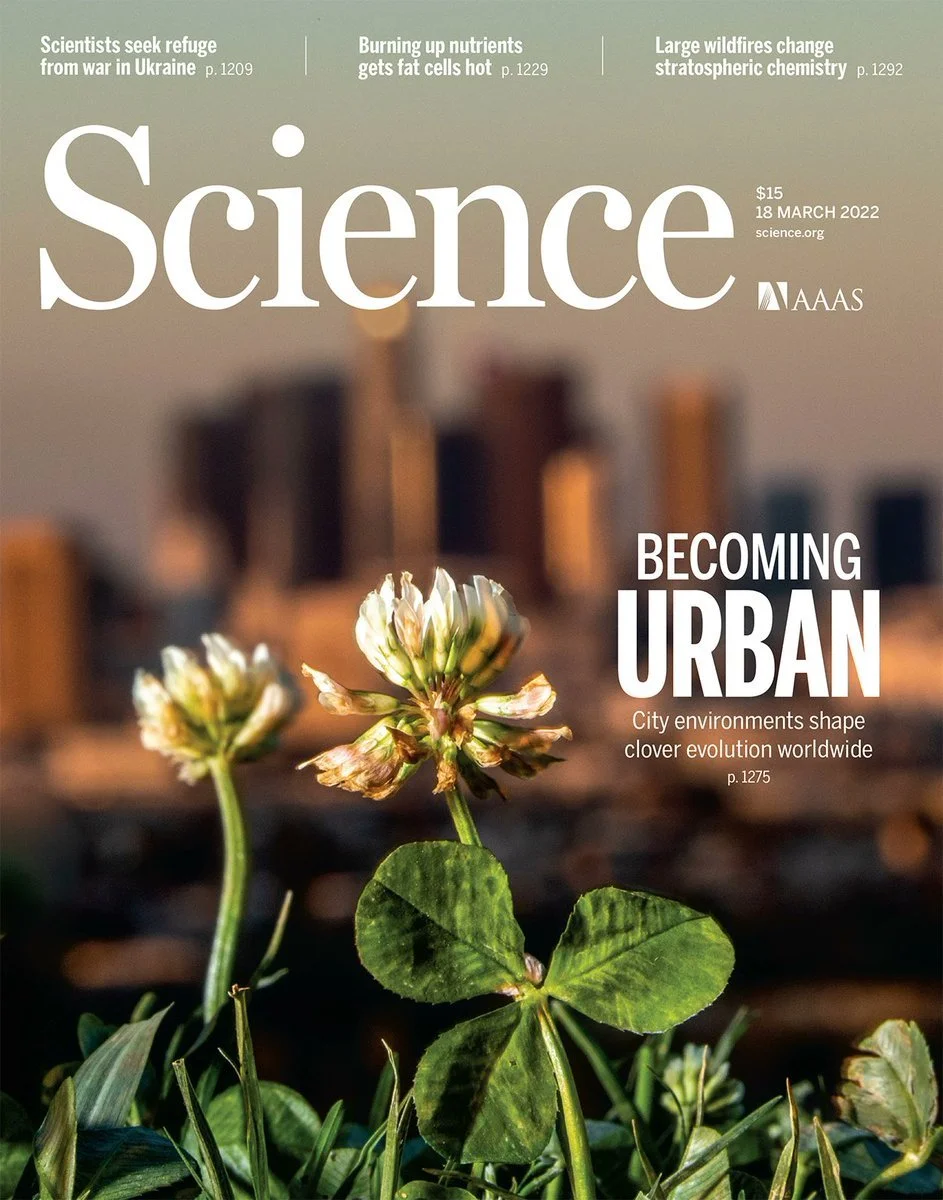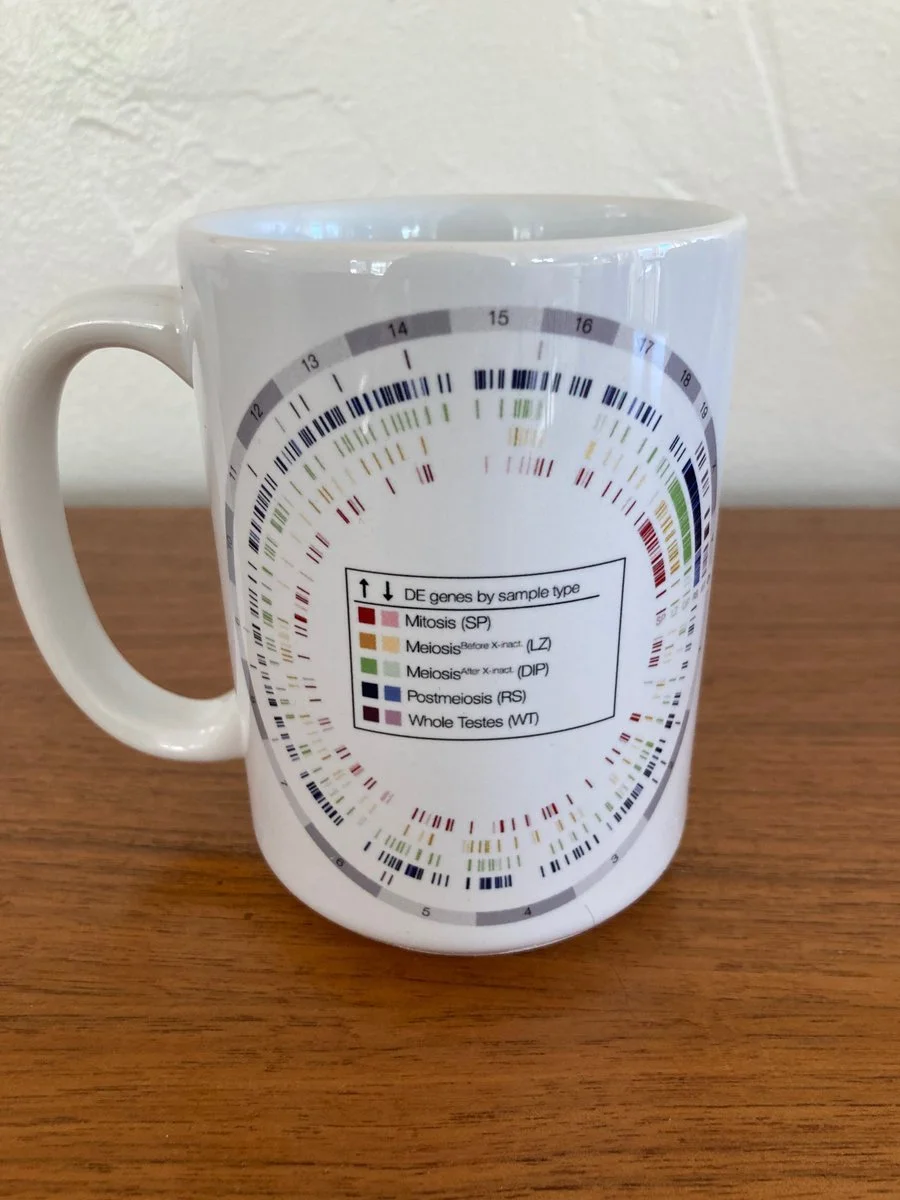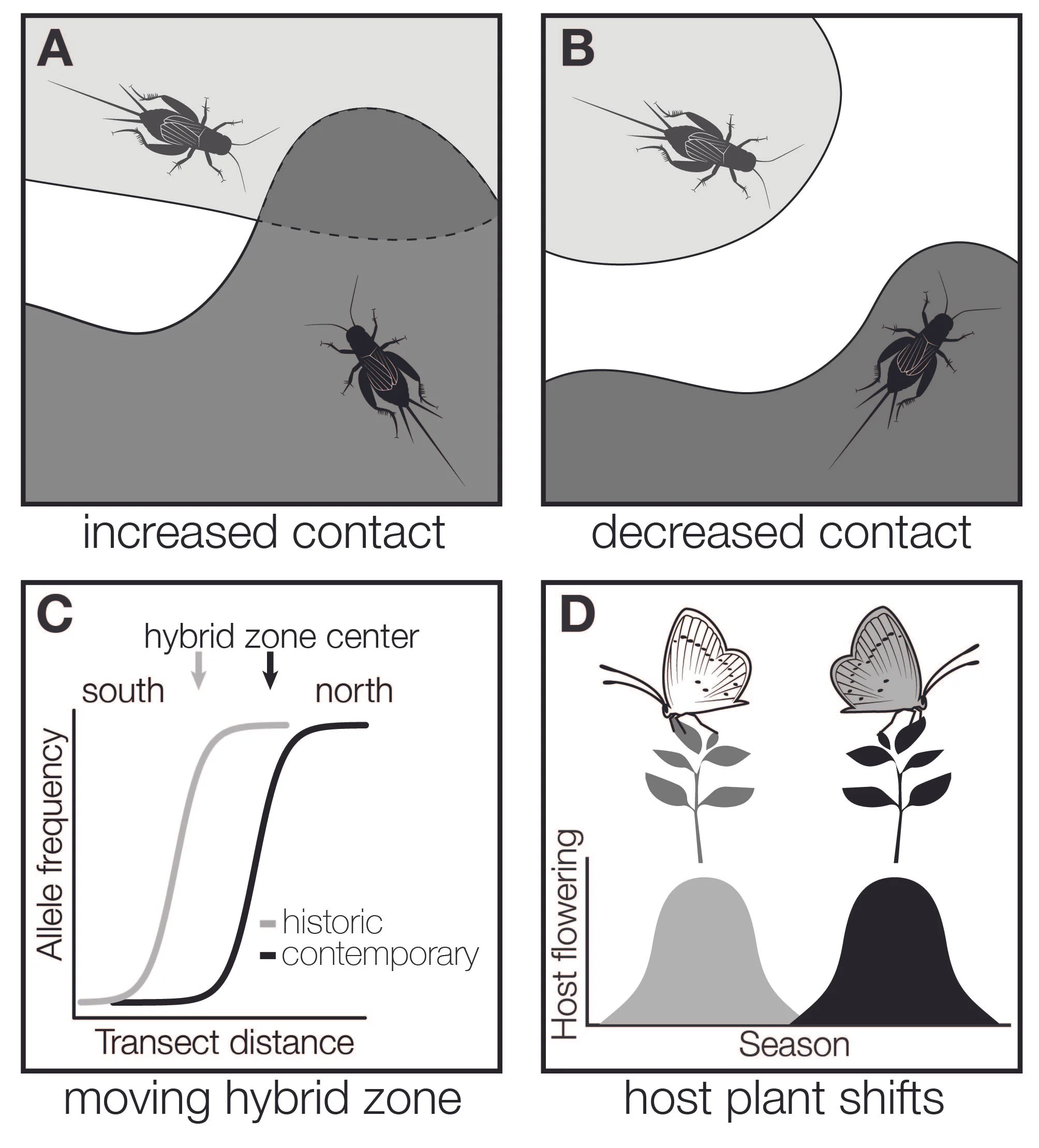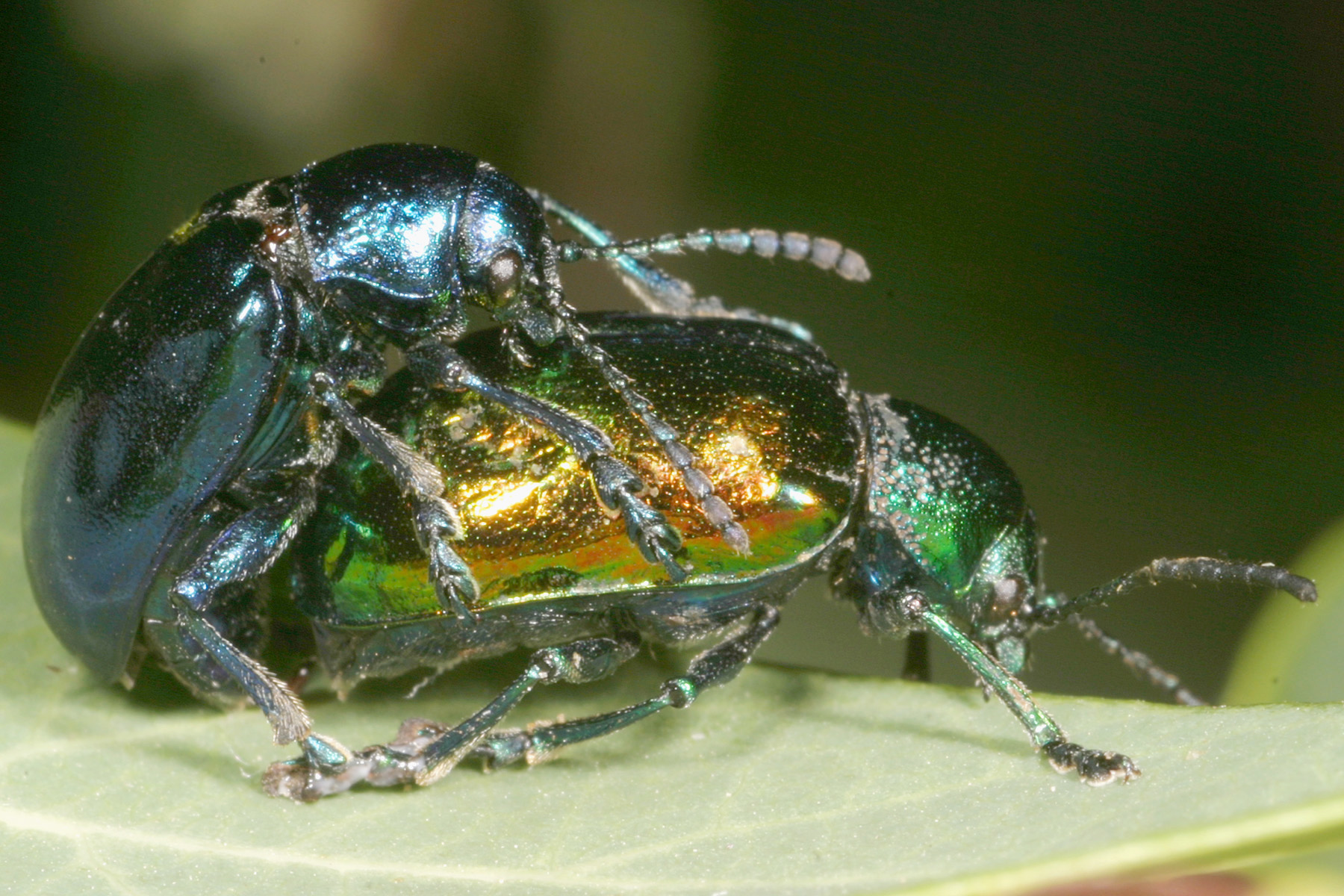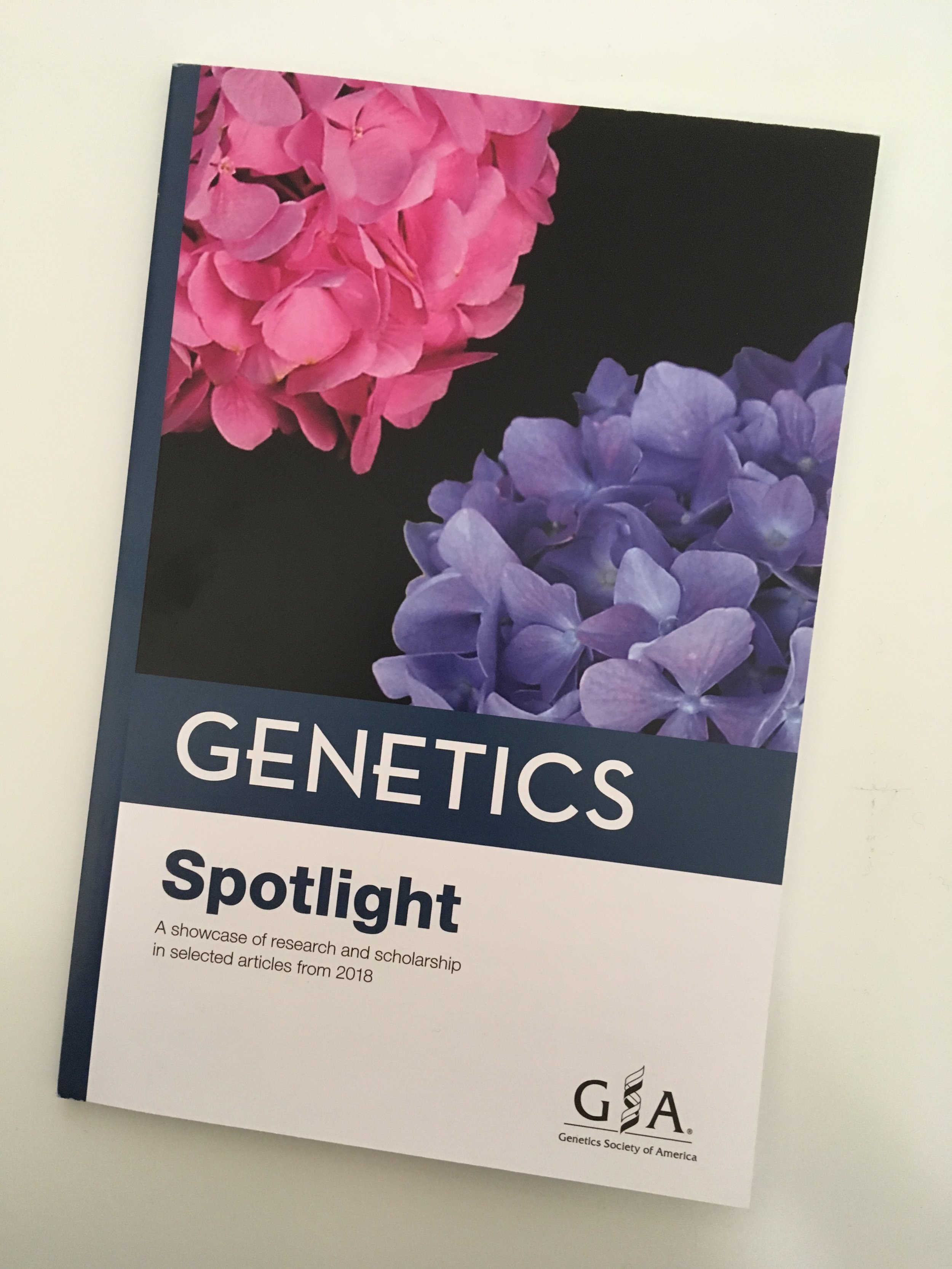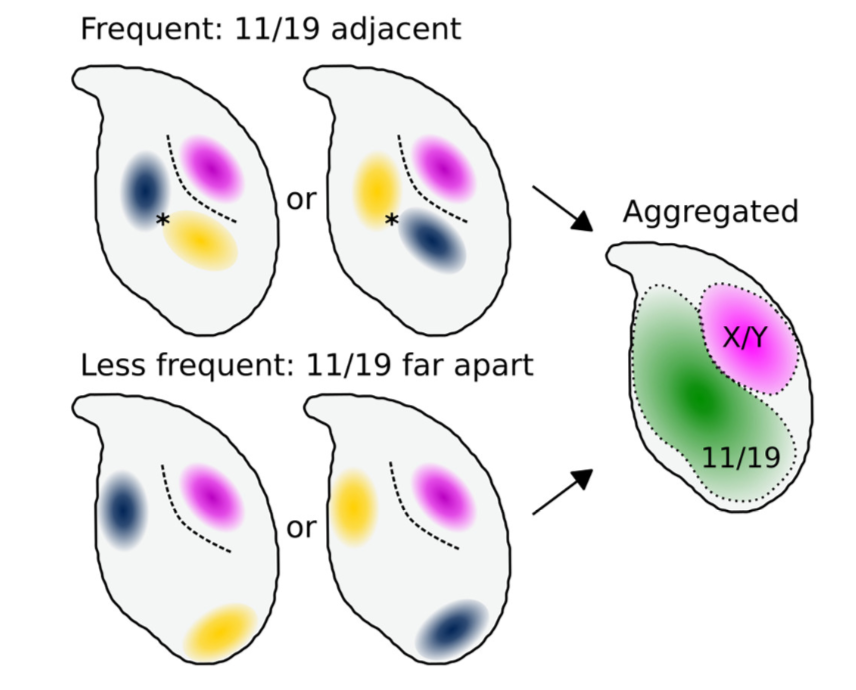Kelsie’s beautiful work comparing testes expression in F1 hybrid dwarf hamsters and mice is now out in Genetics! I am so proud of this paper!
Emily and Erica collaborated with Anna Runemark at Lund University on this survey of gene expression in hybrids. This paper was made possible by support from the University of Denver Internationalization International Partnership & Development Grant and the Swedish Foundation for International Research and Higher Education (STINT).
Runemark A, Moore EM, and EL Larson. 2024. Hybridization and gene expression: beyond differentially expressed genes. Molecular Ecology. 00:e17303. https://doi.org/10.1111/mec.17303
Erica collaborated with an amazing team to survey the scope and role of postmating prezygotic (PMPZ) barriers in speciation. This was a massive and comprehensive survey of the literature and should be a landmark paper for studies of PMPZ barriers!
Garlovsky MD, Whittington E, Albrecht T, Arenas-Castro H, Castillo DM, Keais GL; Larson EL, Moyle L, Plakke M, Reifová R, Snook RR, Ålund M, AAT Weber. 2023. Synthesis and scope of the role of postmating prezygotic isolation in speciation. Cold Spring Harbor Perspectives in Biology. 15: a041429. https://doi.org/10.1101/cshperspect.a041429
Congratulation to TJ Firneno, Gabrielle Welsh and Peter Nimlos for publishing a case study using field crickets to teach evolution students about phylogenetic trees.
Congratulation to Amy on publishing her first thesis chapter!
A great collaboration through the Cold Spring Harbor Perspectives on Speciation - lead by Zach Gompert and TJ Firneno.
A great experience contributing to this amazing project led by Marc Johnson and team. It was fun to work with Shannon Murphy and Robin Tinghitella to include Denver! We show that urbanization leads to similar enviro changes and repeated adaptation across the world.
Kelsie’s first chapter of her dissertation is now published in Evolution! Beautiful work and beautiful figures, now memorialized in her new mug! Congratulations Kelsie!
Exciting to see these new preprints online:
Kelsie’s first chapter of her dissertation - super proud of this one! https://doi.org/10.1101/2021.07.08.451646
An amazingly fun project with the awesome Mollie Manier: https://www.biorxiv.org/content/10.1101/2021.11.15.468624v1
A new paper on disrupted X chromosome expression in sterile mouse hybrids: https://www.biorxiv.org/content/10.1101/2021.11.12.468424v1
And two impressive collaborations led by the Good Lab at the University of Montana from Emily Kopania: https://www.biorxiv.org/content/10.1101/2021.08.04.455131v2 and from Emily Moore: https://www.biorxiv.org/content/10.1101/2021.11.15.468705v2
Happy to be a part of this re-visit/tribute to Felsenstein 1981 in Evolution, lead by Roger Butlin, Maria Servedio and Carole Smadja.
Erica and Kelsie reviewed Shrews, Chromosomes and Speciation edited by Jeremy B. Searle, P. David Polly and Jan Zima for Evolution. The review is online in early view.
Erica, Robin Tinghitella and Scott Taylor have a new review on the impacts of climate change on temperature sensitive reproductive barriers in insects. Check out the open-access article in Frotiners of Ecology and Evolution (here)
Our hybridizing Chrysochus beetles are featured on the cover of the Journal of Evolutionary Biology!
Erica’s review with Robin Tinghitella and Scott Taylor on insect hybridization and climate change is accepted at Frontiers Ecology and Evolution! Abstract here.
Our Chrysochus hybrid zone paper was accepted at the Journal of Evolutionary Biology. We provide a direct link between cryptic barriers studied in the lab over a range of heterospecific mating frequencies, and hybrid zone dynamics.
Our paper won the 2018 GENETICS Editors’ Choice Award for Population Genetics!
The Evolution of Polymorphic Hybrid Incompatibilities in House Mice
Erica L. Larson, Dan Vanderpool, Brice A. J. Sarver, Colin Callahan, Sara Keeble, Lorraine L. Provencio, Michael D. Kessler, Vanessa Stewart, Erin Nordquist, Matthew D. Dean, and Jeffrey M. Good
Genetics July 2018 209: 845–859
Reproductive barriers are often assumed to arise from fixed genetic differences between species, despite frequent individual variation in the strength of reproductive isolation between populations. Larson et al. report polymorphism at several hybrid male sterility loci in house mice, and their results demonstrate that selection against deleterious hybrid interactions can drive the introgression of hybrid incompatibilities, highlighting the need for more extensive sampling of natural variation in speciation studies.
Automated Nuclear Cartography Reveals Conserved Sperm Chromosome Territory Localization across 2 Million Years of Mouse Evolution
https://www.mdpi.com/2073-4425/10/2/109

